Predictive Analytics vs. Machine Learning: What is the Difference
- Predictive Analytics Definition
- Machine Learning Definition
- Predictive Analytics vs. Machine Learning: Similarities
- Predictive Analytics vs. Machine Learning: Difference
- Benefits and challenges of predictive analytics and machine learning in business
- Predictive Analytics: when used
- Machine Learning: when used
- Conclusions
Artificial Intelligence is a compound, highly complex technology with almost unlimited possibilities, including many structural elements and subsets. Each of them is necessary to perform specific tasks, independently or in combination with others. In this article, we will talk about such subsets as predictive analytics and machine learning. We will analyze what they have in common, or different, where they are used and why one does not replace but complements the other.
Predictive Analytics Definition
Predictive analytics forecast the future based on data gathered in the past to find likely patterns and behaviors. It reduces errors by removing the notorious human factor and bringing out important ideas and trends. The term “predictive analytics” refers to an approach, not a specific technology.
How Does it Work?
Techniques used in predictive analytics include descriptive analytics, advanced statistical modeling and mathematics, high-volume data mining, and AI algorithms. For this large volume to be quickly and efficiently analyzed, machine learning is needed.
Predictive analytics is based on prognostication modeling. It is more a scientific niche than a process. Predictive analytics and machine learning go hand in hand since predictive models usually include a machine learning algorithm. These models can be trained over time to respond to new data or values to provide the results your business needs. Predictive modeling has a lot in common with machine learning but is not an identical phenomenon.
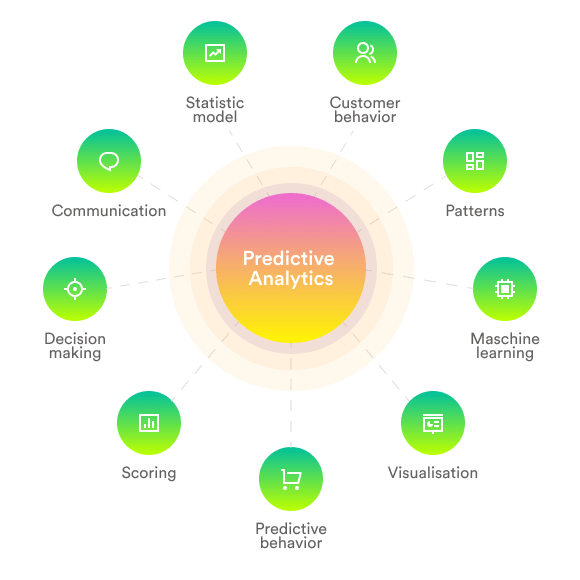
Machine Learning Definition
Machine learning is an AI tool that makes it possible to improve forecasting accuracy without additional coding. The machine exercises this by detecting specific patterns in the data clusters. The tool automates predictive modeling by creating training algorithms to find consistency and behavior in data without clearly specifying the search meaning.
How Does it Work?
Machine learning includes drilling algorithms, neural networks, or processing computers to analyze data and automatically output results at the desired scale. Machine learning usually works by combining large amounts of data through iteration and intelligent algorithms, allowing software to automatically learn from patterns or data functions.
Machine learning’s ability to learn from previous datasets and remain flexible allows for various applications, not just predictive modeling.
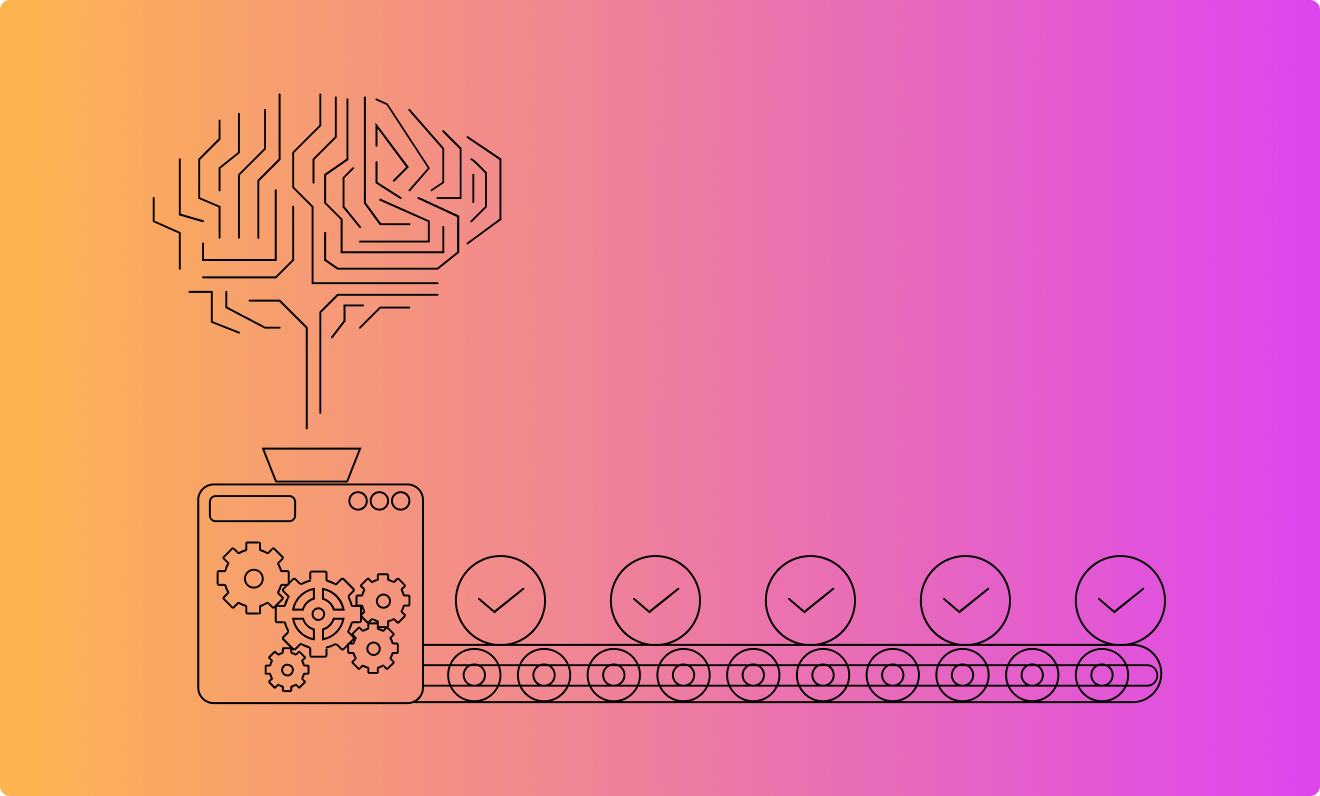
Predictive Analytics vs. Machine Learning: Similarities
The main similarity between predictive analytics and machine learning can be called a reference to the past to unravel the future. But the significance, approaches, and functions in this process are somewhat different.
Other common criteria include:
- the use of an extensive array of data that a person cannot cope with
- analysis of patterns (albeit in a different way) to determine future results
- application in the same business sectors: security, finance, retail, medicine, etc.
Even though we present machine learning and predictive analytics as related areas of AI, there are still significantly more differences.
Predictive Analytics vs. Machine Learning: Difference
Let’s immediately define that predictive analytics and machine learning are different categories of a very generalized concept of AI. Machine learning is a technology that works with complex algorithms and vast amounts of data. At the same time, predictive analysis is research, not a specific technology that existed long before the advent of machine learning; it just made it much more efficient and accurate.
Simply put, machine learning is a method that has catalyzed progress in the predictive analytics field, while predictive analytics is one of the machine learning applications. There is no problem that predictive analytics can solve, but machine learning cannot.
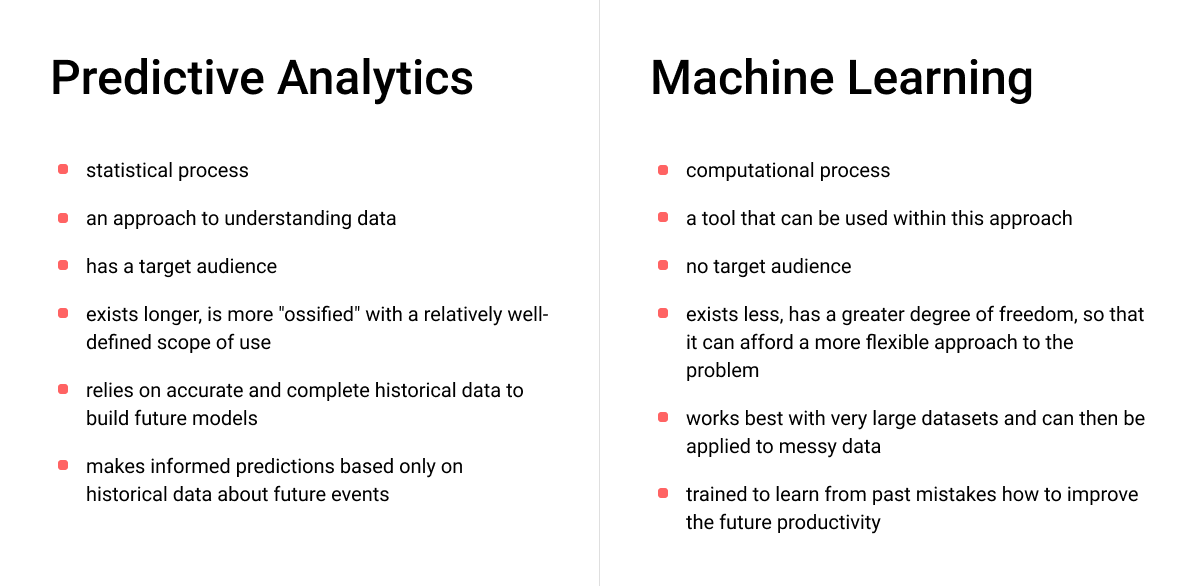
Benefits and challenges of predictive analytics and machine learning in business
Any AI methods used in business, sooner or later, give tangible results. Therefore, it is only important to understand to what extent these methods and technologies “come to the court” in your case. In some cases, the use of AI pays off relatively quickly; in others, its use is redundant, and the company is neither technically nor “humanly” ready for such a transition to a new level.
Let’s talk about the pros and cons of machine learning and predictive analytics and some use cases to understand how valuable this tool will be for you and what it has to offer.
Does Your Business Really Need An Enterprise Artificial Intelligence
Predictive Analytics and Machine Learning Advantages
- Automation of processes and, as a result, saving time and money
- Improving economic performance through a well-thought-out financial strategy and logistics
- Getting into the vanguard of a niche due to the ability to foresee the global business trend and understand behavioral factors
- Technology consolidation, simplifying processes for end-users
Predictive Analytics Disadvantages
- The need to collect an impressive amount of data to get a relevant forecast
- You need to keep all trends and patterns that were derived earlier
- Is guided only by the historical data set, not taking into account current information
- The unpredictability of human behavior in some aspects can give an inaccurate forecast (for example, if, as a result of an image scandal, the company’s indicators sagged at the moment)
Machine Learning Disadvantages
- The problem must be very descriptive to find the correct algorithm to apply the solution
- Big data requirements and training data, such as deep learning data, must be created before this algorithm is actually used
- resource costs for technology are not always economically feasible
Although there are more disadvantages, the weight of the seemingly small advantages is much higher. We will prove this by briefly describing how and in which business areas both phenomena are used.
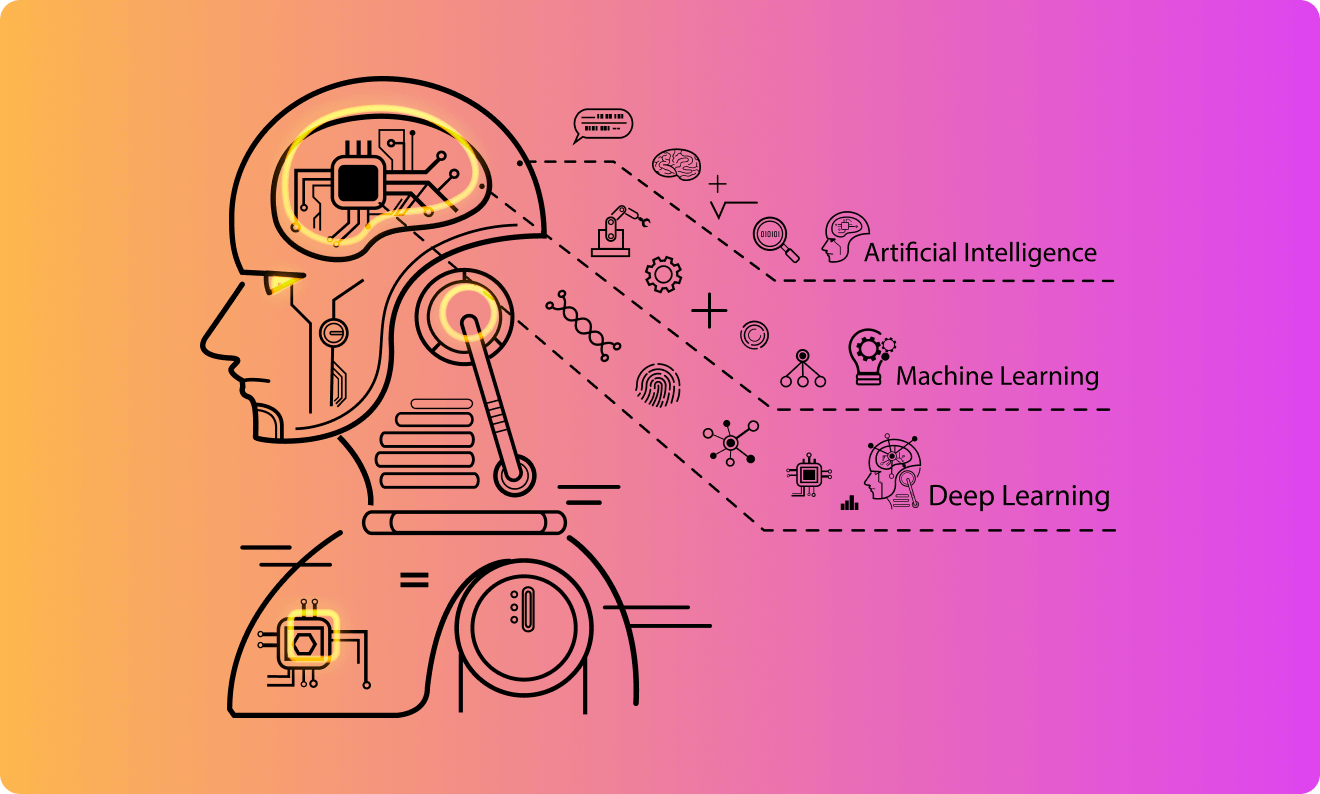
Predictive Analytics: when used
Predictive analytics is used to detect trends in behavioral factors across various sites to personalize email advertising messages. Impressive sets of information are collected in a variety of ways, not just online. These can be sensors in retail outlets or store applications, completed questionnaires indicating email, and social networks. All this adds up to the idea of sales forecasting, logistics, and customer experience management.
Predictive analytics works with both people and mechanisms. For example, with its help, you can predict buyer behavior or the growth of a specific disease among certain groups of the population, identify the employees of your company who are thinking about dismissal, or calculate the bank’s clients who are facing bankruptcy soon.
You can predict the wear and tear of equipment or the percentage increase in fraudulent transactions among a series of such bank operations.
Using machine learning, predictive analysts can work with not only historical data, but also current data.
Data Mining Vs. Predictive Analytics: Know The Difference
Machine Learning: when used
Machine learning is less about reporting than about modeling itself. It is not required to answer human questions.
Examples of using machine learning:
- Identifying patterns in marketing research
- Flagging errors in transactions or data entry
- Automatic subtitles in videos
- Personalized shopping experience based on browsing history
- Signaling anomalies in medical research
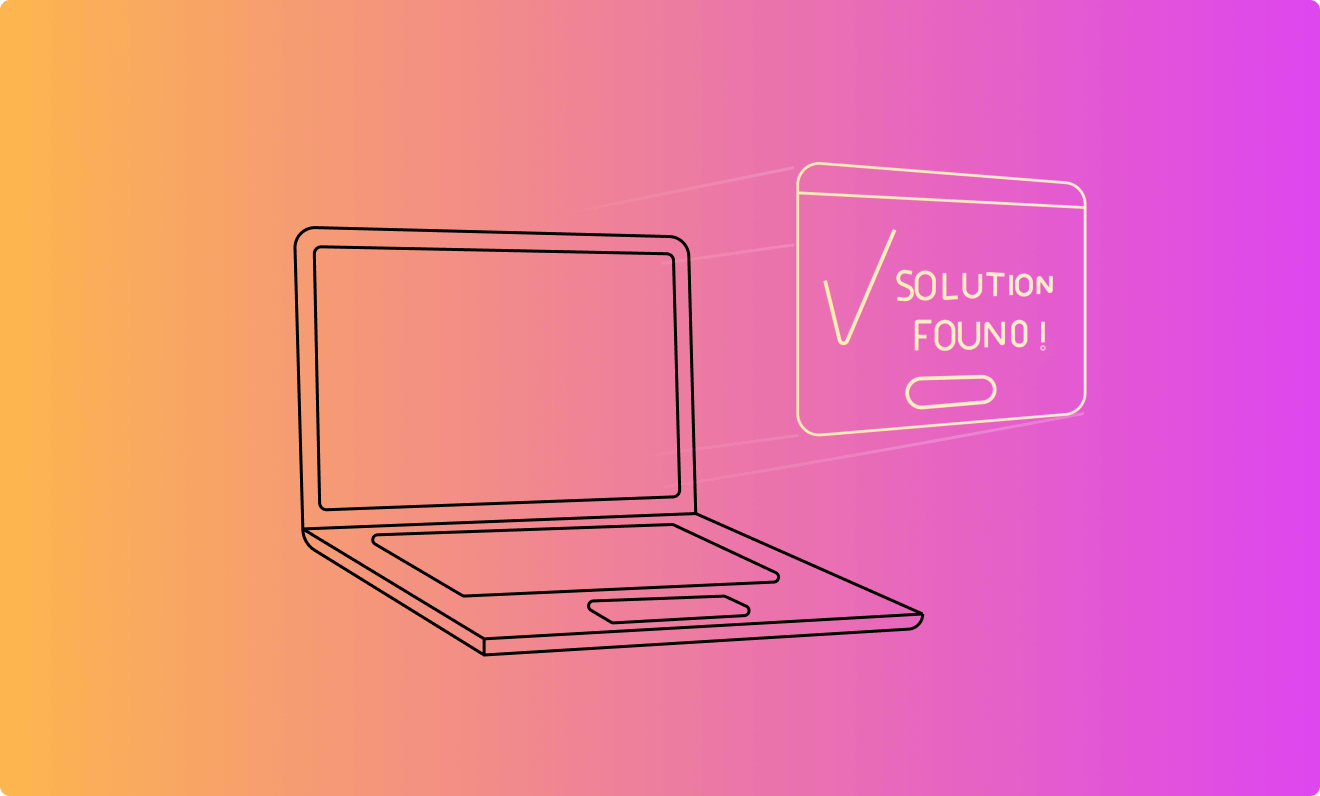
Conclusions
Machine learning is a tool, and predictive analytics is a role equipped with tools, one of which is machine learning. These are interacting concepts.
Machine learning algorithms can produce more accurate predictions, generate cleaner data, and enable predictive analytics to run faster and provide deeper insights with less control. Having a solid predictive analysis model and clean data fosters the development of machine learning applications.
To get the most out of predictive analytics and machine learning, organizations need to make sure they have an architecture that supports these solutions and high-quality data to help them learn. They should be centralized, unified, and in a consistent format. In addition, organizations need to know what problems they want to solve as this will help them determine the best and most applicable model to use. This will increase efficiency at all stages of the business. Providing the best practice, The APP Solutions can help with this!
Credits to Depositphotos
